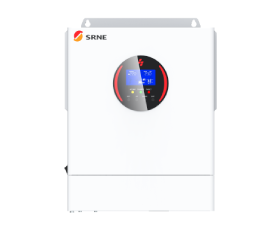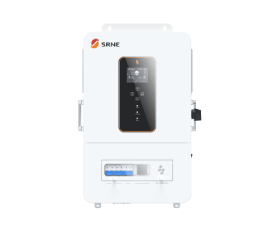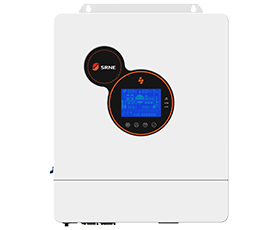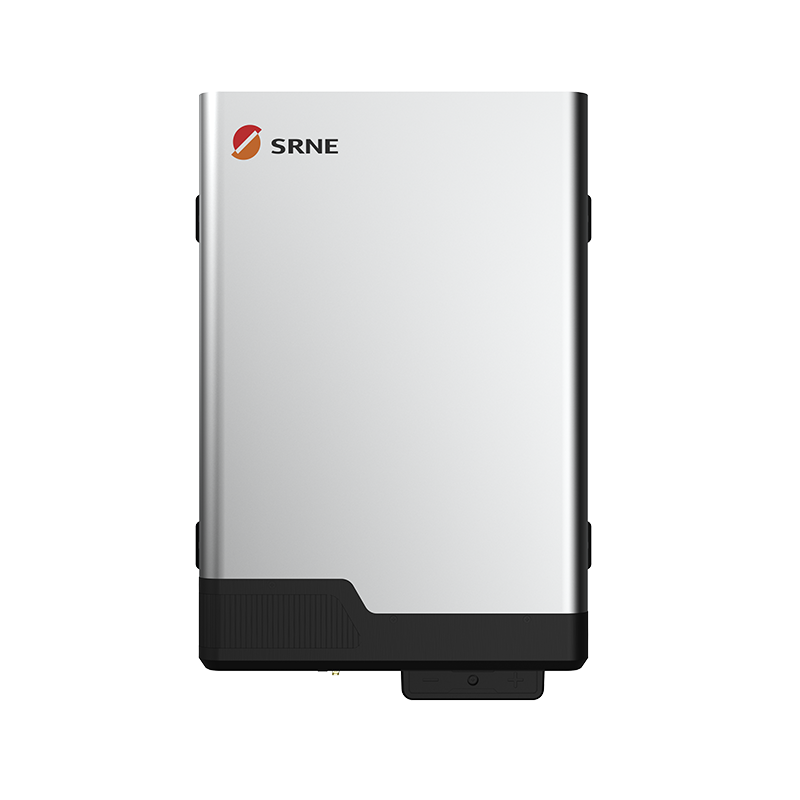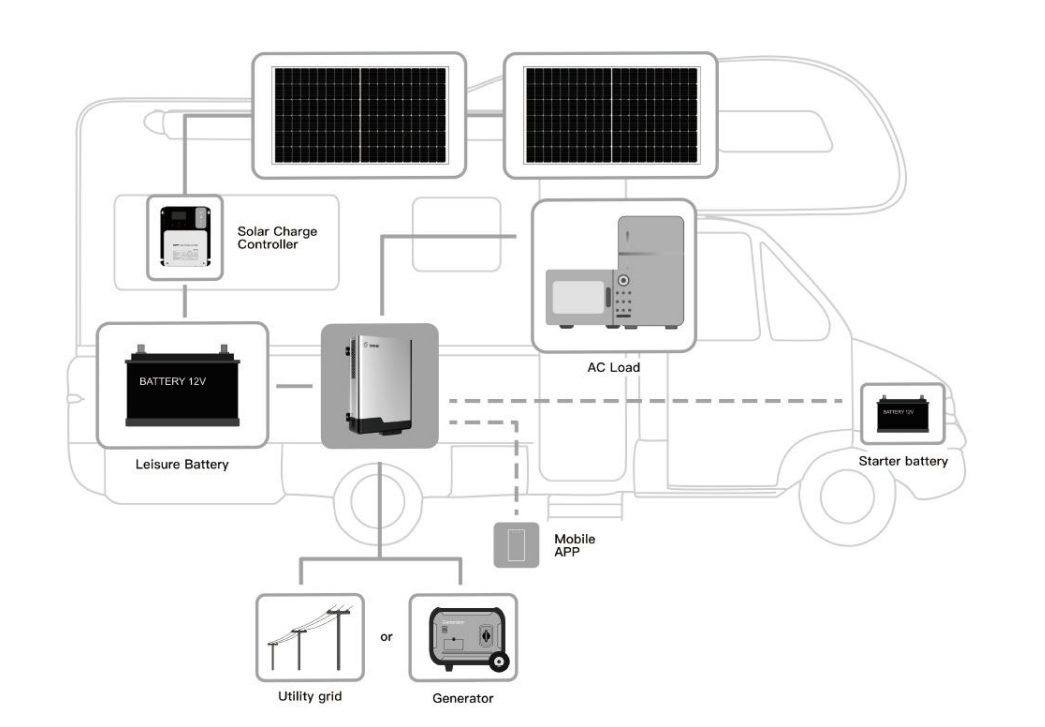Everything You Need to Know About RV Inverters
What does the inverter do on an RV?
An inverter in an RV (Recreational Vehicle) is an electrical device that converts direct current (DC) power from the RV's battery or solar panels into alternating current (AC) power, which is the type of power commonly used by household appliances and electronics. In other words, it allows you to use standard AC-powered devices and equipment even when you're not connected to an external AC power source, such as when you're camping or traveling off-grid.
Here's how an inverter works in an RV:
1. **DC Power Source:** An RV typically has a DC power system, which includes batteries and sometimes solar panels, that provide direct current (DC) electricity. This DC power is used to run lights, fans, pumps, and other onboard systems.
2. **AC Power Conversion:** Many appliances and electronic devices, such as laptops, TVs, microwaves, and air conditioners, require AC power to function. An inverter takes the DC power from the RV's batteries or solar panels and converts it into AC power at the appropriate voltage and frequency.
3. **Household Appliance Use:** Once the inverter converts the DC power into AC power, you can use standard household appliances and devices as if you were connected to a regular power outlet. This is particularly useful when you're camping in remote areas without access to external power sources.
It's important to note that using an inverter to power AC devices from an RV's batteries can drain the batteries relatively quickly, depending on the power consumption of the devices. Therefore, it's essential to manage your power usage and monitor your battery levels to avoid running out of power unexpectedly. Some RVs have built-in systems to automatically manage power distribution and prevent excessive battery drain.
RV inverters come in various sizes and capacities, measured in watts or kilowatts. The size of the inverter you need depends on the total power consumption of the devices you plan to use simultaneously. It's a good idea to calculate your power needs and select an inverter that can handle the load comfortably.
In summary, an inverter in an RV enables you to use standard household appliances and devices that require AC power, even when you're not connected to an external AC power source, by converting the DC power from your RV's batteries or solar panels into AC power.
What type of inverter is used in RV?
In RVs, you'll typically find two main types of inverters:
Modified Sine Wave Inverter (MSW):
This type of inverter produces an approximation of a sine wave, which is the smooth waveform of standard household AC power. However, it's not an exact replication and can have some harmonic distortion. Modified sine wave inverters are generally more affordable but may not be suitable for all types of sensitive electronics. Some devices, especially those with complex electronics or motors, might not operate optimally or could be damaged when powered by a modified sine wave inverter.
Pure Sine Wave Inverter (PSW):
A pure sine wave inverter produces a smooth and clean sine wave output that's virtually identical to the AC power you get from your local utility company. This type of inverter is more suitable for powering sensitive electronics and appliances, including laptops, TVs, microwaves, and medical equipment. While pure sine wave inverters tend to be more expensive, they provide a higher quality power output and are considered more versatile.
In recent years, RV manufacturers and users have been leaning towards pure sine wave inverters due to their ability to provide cleaner and more reliable power for a wider range of devices. However, the choice between a modified sine wave inverter and a pure sine wave inverter depends on your power needs and the types of devices you plan to use in your RV.
How big of an inverter does an RV need?
The size of the inverter you need for your RV depends on the total power consumption of the devices you plan to use simultaneously. To determine the appropriate size of the inverter, you'll need to calculate your power requirements based on the wattage ratings of the devices you'll be running.
Here's a general process to help you determine the size of the inverter for your RV:
1. **List Your Devices:** Make a list of all the devices you plan to power with the inverter. Include items like laptops, TVs, microwaves, refrigerators, air conditioners, chargers, lights, fans, etc.
2. **Find Wattage Ratings:** Look up the wattage ratings of each device. This information can usually be found on a label or in the user manual. For devices that don't have wattage ratings, you can estimate by using the voltage and current ratings (W = V x A).
3. **Add Up the Wattages:** Add up the wattage ratings of all the devices you plan to use simultaneously. This will give you the total power consumption in watts.
4. **Add a Safety Margin:** It's recommended to add a safety margin of around 20-30% to the total wattage you calculated. This ensures that your inverter can handle occasional power spikes and prevents running it at maximum capacity, which can reduce its lifespan and efficiency.
5. **Select an Inverter:** Based on the total power consumption with the safety margin, choose an inverter that can handle that wattage load. Inverters are typically available in various wattage ratings, such as 1000W, 2000W, 3000W, and so on.
Keep in mind that some appliances have higher power requirements when they start up (surge power), which can be much higher than their continuous operating power. Devices like air conditioners, refrigerators, and power tools can have significant surge power. Your inverter should be able to handle these surges as well.
Additionally, consider the type of inverter you want—modified sine wave or pure sine wave—in your decision-making process, as discussed in the previous response.
Remember that using a larger inverter than necessary can lead to higher costs, both in terms of the inverter itself and potential battery drain. On the other hand, using an inverter that's too small can result in inadequate power for your needs. Carefully assessing your power requirements and selecting an inverter that comfortably meets those needs will ensure a reliable and efficient power supply for your RV.
Our RVI Series Inverters meets all needs:
RVI series is a new inverter and charger for RV, which integrates mains charging energy storage and AC sine wave output. Thanks to DSP control and advanced control algorithm, it has high response speed, high reliability and high industrial standard. With High efficiency mains charging mode. Two output modes are available, inverter and mains, to meet different application requirements. Through a state of the art control algorithm, the AC-DC charging module realizes fully digital voltage and current double closed loop control, with high control precision in a small volume. Wide AC voltage input range and complete input/output protections are designed for stable and reliable battery charging and protection.
Based on full-digital intelligent design, the DC-AC inverter module employs advanced SPWM technology and outputs pure sine wave to convert DC into AC. It is ideal for AC loads such as household appliances, power tools, industrial equipment, and electronic audio and video equipment. The product comes with a segment LCD design which allows real-time display of the operating data and status of the system. Comprehensive electronic protections keep the entire system safer and more stable.
The figure below shows the system application scenario of this product. A complete system consists of the following parts:
1. Mains or generator: Connected at the AC input, to power the load while charging the battery. If the mains or generator is not connected, the system can also operate normally, and the load is powered by the battery.
2. Battery:Provided to ensure normal power supply to the system loads when the mains is not connected.
3. Household load:Allow connection of various household and office loads, including refrigerators, lamps, TVs, fans and air conditioners.
4. RV inverter:The energy conversion unit of the whole system.Specific system wiring method depends on the actual application scenario.

































